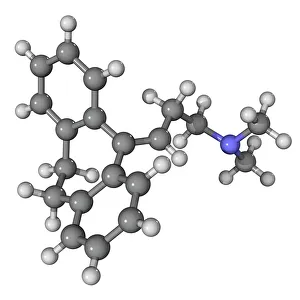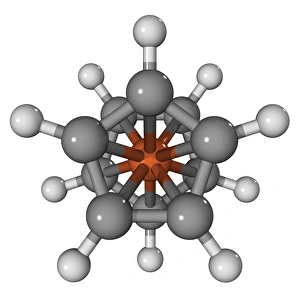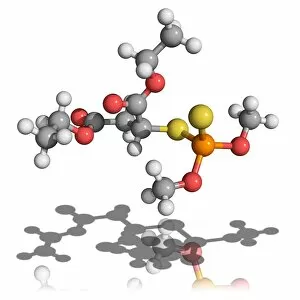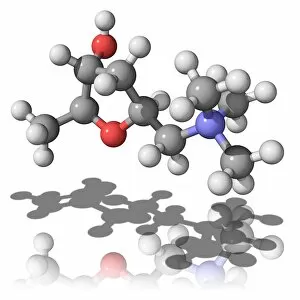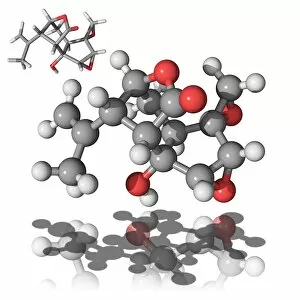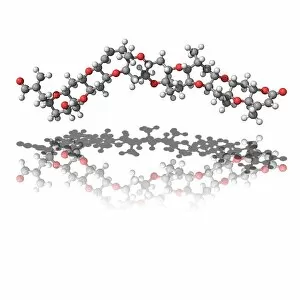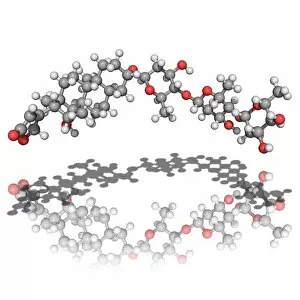Biochemistry Image Collection
"Unlocking the Secrets of Biochemistry: A Fascinating Journey into Molecules and Genes" In this captivating biochemistry image
All Professionally Made to Order for Quick Shipping
"Unlocking the Secrets of Biochemistry: A Fascinating Journey into Molecules and Genes" In this captivating biochemistry image, we delve into the intricate world of molecules that shape our lives. From the Amitriptyline antidepressant molecule to the Ferrocene molecule, each structure holds a unique story waiting to be unraveled. The RDX explosive molecule reminds us of both its destructive power and its significance in various industries. Meanwhile, the Malathion pesticide molecule raises awareness about the delicate balance between agricultural needs and environmental sustainability. As we explore further, we encounter the Muscarine molecule, known for its effects on our nervous system. The Coriamyrtin toxin molecule serves as a reminder of nature's ability to produce compounds with potent biological activities. Moving forward, we come across Brevetoxin – a fascinating compound produced by harmful algal blooms that can impact marine life and human health alike. Deltamethrin pesticide follows suit with its role in protecting crops against pests while raising concerns about potential ecological consequences. Shifting gears towards medicine, Digitoxin heart drug molecule takes center stage as it aids in managing cardiovascular conditions. On a lighter note, Geraniol offers an aromatic touch with its pleasant scent found in various plants like roses and lemons. Finally, amidst these molecular wonders lies conceptual artwork representing the Human Genome – an awe-inspiring depiction of our genetic blueprint that holds immense promise for understanding diseases and advancing personalized medicine. This captivating biochemistry image invites us to appreciate both the complexity and beauty within these tiny structures that influence every aspect of our existence. It encourages us to continue exploring their secrets while fostering responsible applications that benefit humanity and safeguard our environment.

